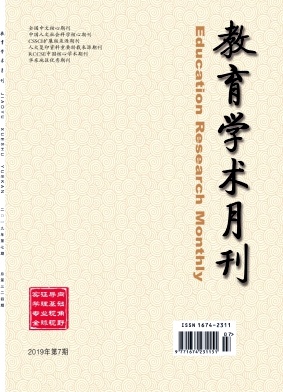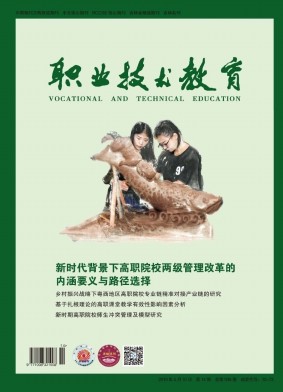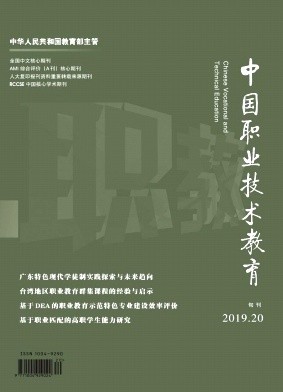摘要 双向转诊机制能够优化医疗资源配置,降低医疗费用,促使医疗机构职能分明,提高整个医疗体系的效率,是解决我国"看病难、看病贵"问题的突破口。以医疗机构的趋利性为前提,通过构建博弈论模型对各医疗机构的转诊决策过程进行演化分析,研究影响双向转诊机制落实的各个因素。运用系统动力学对该过程进行仿真,通过仿真结果得出如下结论:医疗定价合适合理、提高转诊补偿、提高患者对医疗服务质量的预期、提高合作效益增量,将使得各医疗机构更倾向于做出转诊决策,有利于推进双向转诊机制的落实。 The two-way referral system can optimize medical resource allocation,reduce medical expenses,promote clear functions of medical institutions,and improve the efficiency of the entire medical system. It is a breakthrough to solve the problem of the difficulty and high cost of getting medical service. In order to explore the factors affecting the implementation of the two-way referral system,a game theory model was constructed to analyze the evolution of referral decision-making process of medical institutions,based on the profit-seeking hypothesis.By simulating this process with system dynamics,the final conclusions are as follows:reasonable pricing of medical service,increasing referral compensation,increasing patient expectations for medical service quality and increasing cooperation benefit will make medical institutions inclined to refer patients, and facilitate the implementation of the two-way referral system.
机构地区 南开大学商学院
出处 《工业工程与管理》 北大核心 2021年第1期174-182,共9页 Industrial Engineering and Management
基金 天津市社科规划重点项目(TJGL18-007) 南开大学亚洲研究中心项目(AS1704) 国家自然科学基金项目(71271122)。
关键词 双向转诊 演化博弈 系统动力学 社区卫生服务机构 三级医院 two-way referral evolutionary game system dynamics community health service tertiary hospital




